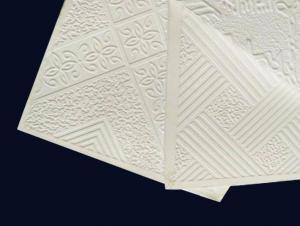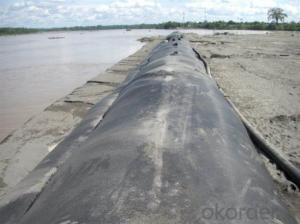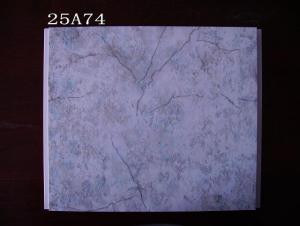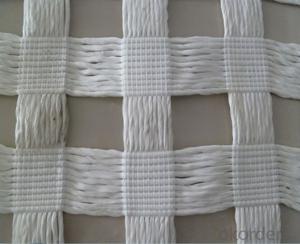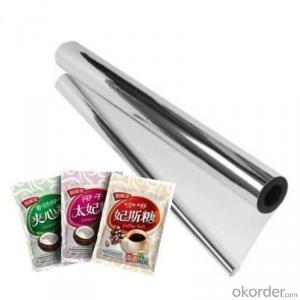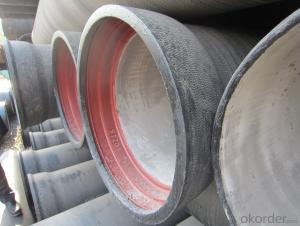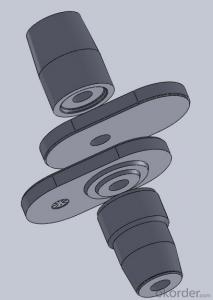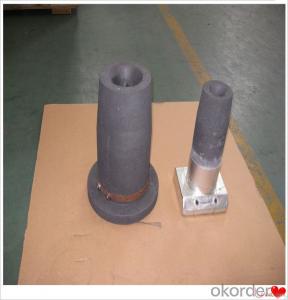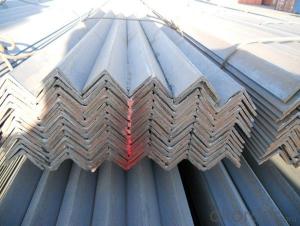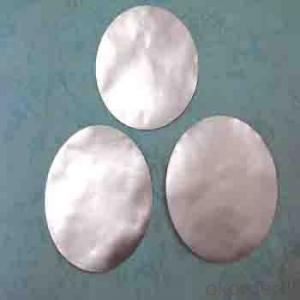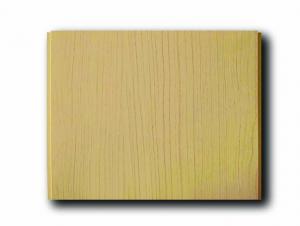Pullout Resistance Of Geogrid
Pullout Resistance Of Geogrid Related Searches
Shiny Or Dull Side Of Aluminum Foil For Cooking Inverter For 100w Solar Panel Solar Panel Inverter For Rv Pvc Tiles For Walls Wall Lights For Bedrooms Inverter Ac With Solar Panel Solar Panel With Inverter Kit Solar Panel Kits With Inverter Solar Panel With Inverter Direct Roving For PultrusionHot Searches
Type Of Inverter For Solar Price Of Shipping Containers For Sale Types Of Inverter For Solar Used Sandwich Panel For Sale Bags Of Cement For Sale Pvc Chairs For Sale Tilt Panel Props For Sale Types Of Temporary Side Panels For Cement Deck Cost Of Awnings For Decks Type Of Scaffolding With Pdf Price Of Scrap Stainless Steel Price Of Stainless Steel Scrap Price Of Stainless Steel Type Of Stainless Steel Types Of Stainless Steel Grades Types Of Stainless Steel China Aluminum Coil Factory pvc pipe manufacturers in usa Sandwich Panel Price In India Aluminum Corp Of China StockPullout Resistance Of Geogrid Supplier & Manufacturer from China
Okorder.com is a professional Pullout Resistance Of Geogrid supplier & manufacturer, offers integrated one-stop services including real-time quoting and online cargo tracking. We are funded by CNBM Group, a Fortune 500 enterprise and the largest Pullout Resistance Of Geogrid firm in China.Hot Products
FAQ
- How much cheaper than steel reinforced plastic geogrid
- Specifications of different prices, the general specification of 4 to 6.5 square.
- The installation guidelines for geogrids typically include steps such as preparing the ground surface, ensuring proper compaction, excavating and leveling the area, placing the geogrid in the desired position, securely anchoring it, and then covering it with fill material. These guidelines may vary depending on the specific project requirements and the type of geogrid being used, so it is important to refer to the manufacturer's instructions for detailed installation procedures.
- Yes, geogrids are suitable for reinforcement of soft soils. They provide a stabilizing effect by distributing the load and preventing excessive settlement or deformation. Geogrids also improve the strength and stability of the soil, making them an effective solution for reinforcing soft soils.
- There are several factors that can affect the cost-effectiveness of geogrid-reinforced structures. Firstly, the type and quality of the geogrid material used can significantly impact the overall cost. Higher-quality geogrids may initially be more expensive but offer better long-term performance, potentially reducing maintenance and repair costs over time. Additionally, the design and engineering of the structure play a crucial role. Properly designed geogrid-reinforced structures can optimize material usage and minimize construction costs. The expertise and experience of the engineers and contractors involved also contribute to the cost-effectiveness, as their knowledge can help avoid unnecessary expenses and ensure efficient construction. The specific site conditions, such as soil characteristics and slope stability, are also important factors. Geogrids are typically used to enhance soil stability, so the suitability of the soil for reinforcement and the extent of reinforcement required can impact costs. Difficult terrain, challenging access, or the need for additional site preparation can also increase costs. Lastly, the lifespan and durability of geogrid-reinforced structures should be considered. While geogrids are designed to be long-lasting, factors like environmental conditions, loading requirements, and proper installation can affect their performance. Investing in high-quality materials and proper installation methods may initially increase costs but can result in longer service life and reduced maintenance expenses in the long run.
- Refers to the size of the geogrid mesh holeSpecific attention is not clear, the banner of Chang Chang official CafeThere's something you're looking forGrille generally by the vertical and horizontal staggered from the simple meaning of space can also be understood that the size of the lattice gap.
- Should refer to the spacing of the grid it should be 3.6cm
- Geogrids help in reducing construction material consumption by providing reinforcement to the soil, allowing for the use of thinner layers of construction materials such as asphalt or concrete. This reduces the overall amount of material required for the project, resulting in cost savings and environmental benefits. Additionally, geogrids help distribute loads more evenly, preventing excessive settlement and reducing the need for additional materials to address potential issues.
- Yes, geogrids can be used for load distribution. Geogrids are specifically designed to distribute loads over a wider area, improving the stability and strength of various structures such as roads, retaining walls, and embankments. They help to spread the applied load more evenly, reducing the potential for localized stress and preventing the formation of cracks or failures.
- Technical specifications of glass fiber grating
- (kN/m) by 30506580506580 to 30506580506580 weft elongation (%) = 3 = 3 = 3 = 3 = 3 = 3 = 3 mesh size (mm*mm) 25.4 x 25.4 x 25.4 x 25.4 x 25.4 25.4 25.4 25.4 12.7 12.7 12.7 x 12.7 x 12.7 x 12.7 elastic modulus (Gpa) 67676767676767








